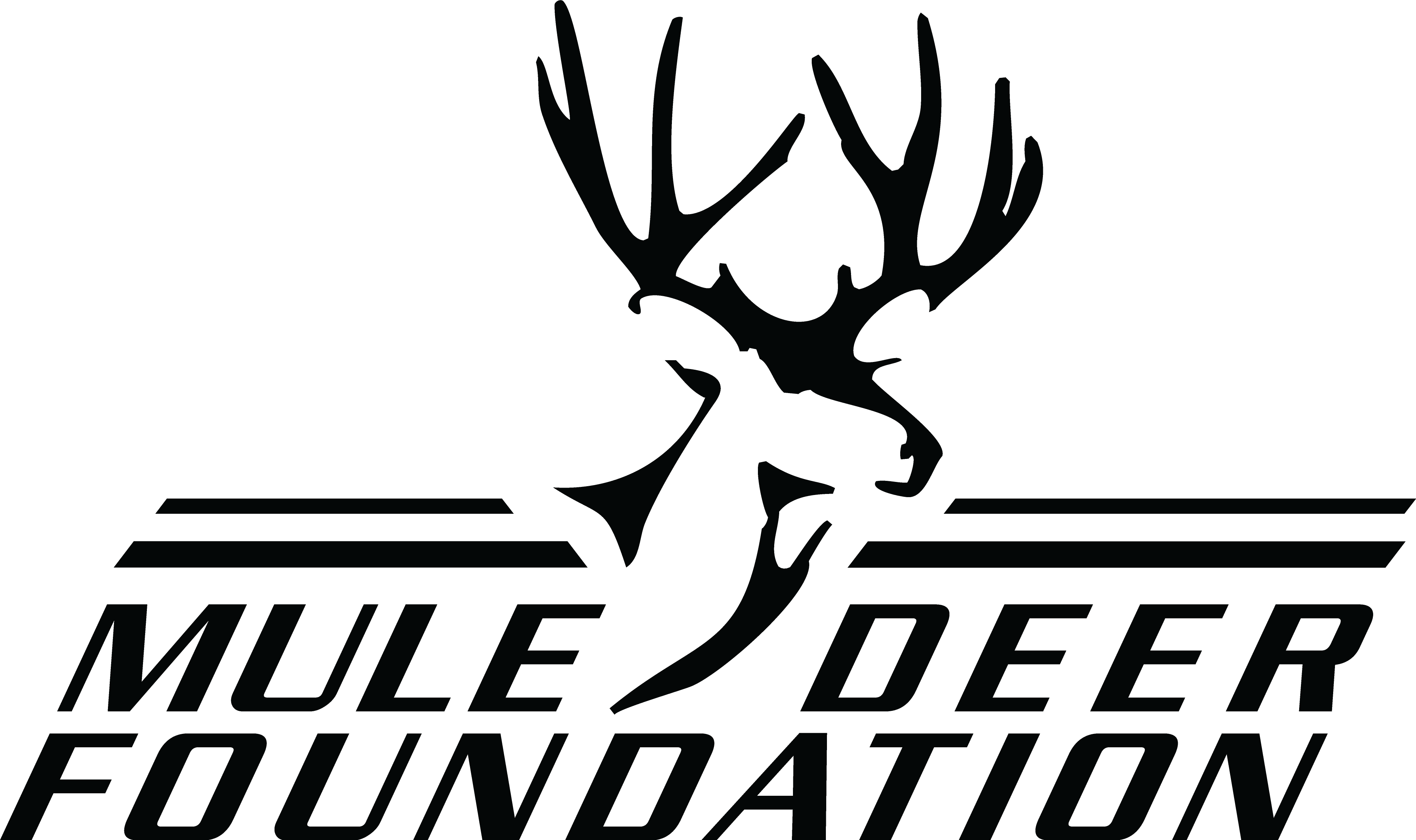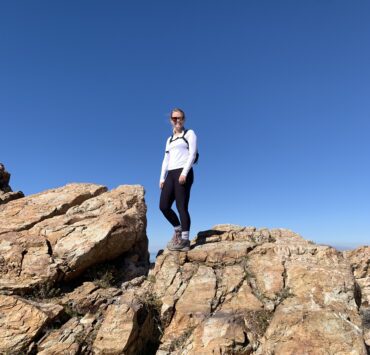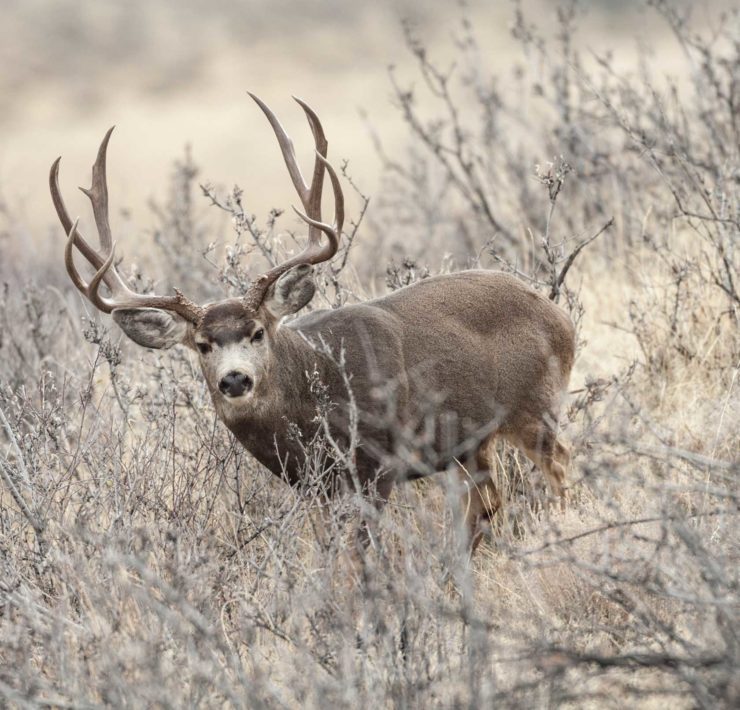Preparing for a Western hunt

(Field Guide for Eastern Hunters headed west this fall)
By: Cody Fongemie
So the fabled hunting trip out west for mule deer has made it out of the group chat, and you are ready to start packing. The whole group is excited but you are more nervous as the trip becomes real. You have only hunted Ducks and Whitetails your entire life in the woods and waters of the Eastern United States. So you get online and instantly are overwhelmed with knowledge. Have no fear, here are the key points to focus on as you prepare to head out west.
1. Physical Conditioning
One of the most significant differences between Eastern and Western hunting is the level of physical exertion required. Many Eastern hunts occur from tree stands or ground blinds, requiring minimal hiking. Out West, you’ll likely cover miles of rugged terrain, often at high elevations. But with the right physical conditioning, you can conquer this challenge.
- Cardio Training: Focus on endurance-building activities like hiking, trail running, or cycling. Try to replicate actual hunting conditions by hiking with a loaded pack.
Bonus Tip – Carry a dumbbell or irregular weighted object in one hand while hiking to simulate carrying your bow or rifle. - Leg and Core Strength: Strength training should emphasize squats, lunges, and core stability exercises to handle uneven terrain.
- Acclimating to Altitude: If you’re coming from a low elevation, adjusting a few days early can help prevent altitude sickness.
- Bonus- Get the boots you’re going to where and break them in now while doing this training. Figure out how they feel and ID your hot spots on your feet.
2. Shooting Preparation
If you’re hunting whitetails, chances are a 100-yard shot is a common distance for you. This is not because your rifle can’t shoot further; it’s because we often hunt in dense woods or on the edges of corn fields. However, in the West, shots can range from 200 to 500 yards due to open landscapes. So here are some things to do and prep for when it comes to your rifle. With the right shooting preparation, you can confidently take on these longer shots.
- Long-Range Shooting Practice: Get comfortable shooting from prone, kneeling, and sitting positions. Use shooting sticks or a bipod.- You can do this stuff in your garage.
- Wind Compensation: Western hunts often have unpredictable winds. Spend time practicing in windy conditions to understand bullet drift.
- Optics Proficiency: A quality rifle scope and a reliable rangefinder are must-haves. Know your bullet’s trajectory at different distances.
3. Gear Selection
Western hunting requires a different gear setup than you’d typically use in the East. Back home in the east, we often have the luxury of grabbing different gear from our truck or house if needed. But out west, you’ll be thousands of miles from home. So, what do you need to consider to tackle the Wild West? With the right gear selection, you can feel secure and well-equipped for the adventure.
- Boots and Footwear: A sturdy, well-broken-in pair of boots is essential. Western terrain is rocky, steep, and unforgiving. Waterproof and breathable options are best.
- Layered Clothing: Weather can shift drastically from morning to evening. Use a layering system with moisture-wicking base layers, an insulating mid-layer, and a windproof/waterproof outer layer.
- Backpack System: A good hunting pack should carry water, food, extra layers, and field dressing supplies. If you’re hunting big game, consider a pack that can haul meat.
- Navigation Tools: Don’t rely solely on phone GPS apps. Bring a paper map, a compass, and a GPS unit with offline maps.
4. Scouting and E-Scouting
Since most Eastern hunters can scout their spots in person before the season, the vastness of the West makes digital scouting crucial.
- Google Earth and OnX Maps: Use satellite imagery to locate potential bedding areas, feeding zones, and water sources.
- Understanding Terrain Features: Learn to read contour lines to identify saddles, ridges, and benches where game will travel.
- Game Regulations and Unit Research: Every Western state has different regulations, draw systems, and rules for public land access. Understand your tag and the unit’s specific rules.
5. Hunting Style Adaptation
Most Western hunting is spot-and-stalk rather than stationary hunting from a tree stand.
- Glassing Skills: Invest in quality binoculars (10×42 or higher) and a spotting scope. Then, practice glassing techniques to locate the game efficiently.
- Stealth and Patience: Stalking requires patience and controlled movement. Practice moving quietly through rough terrain.
6. Logistics and Camp Setup
- Vehicle Preparation: Many Western hunts involve rough, backcountry roads. A high-clearance 4WD vehicle is recommended.
- Camping or Lodging: Decide whether you’ll stay in a tent, truck, or rental cabin. If camping, be prepared for unpredictable weather.
- Food and Water: Carry enough high-protein, lightweight meals such as dehydrated meats, nuts, and energy bars. If you’ll be sourcing water from streams, water filtration is crucial to ensure safe drinking water.
- Coolers: You’ll need them for food, water, and anything else you want to keep cold at camp or in the truck. Most importantly, unless you’re having your meat shipped back east, you’re going to need one to get your meat back home. So get a good one!
The prep season has begun!
Now you have some information to start learning about what you need to know to head west. Luckily, there is a wealth of knowledge from websites like ours. You can find information to prepare you to head west. You might not learn it all your first time out, but this information will get you started. How well you prepare is up to you at the end of the day, so get to work!
Good Luck!
Good luck this Spring and remember to send any success pictures or stories from the field to [email protected]. You could be featured on our website or in our magazine. If this article or any of our articles have helped you become a better hunter or conservation steward, become a member of the Mule Deer Foundation or Blacktail Deer Foundation for only $35 dollars a year. Click here to join: https://muledeer.org/product-category/membership/

Cody Fongemie @Fongeinthefield
Born and raised in New England, Cody developed a deep appreciation for American history and adventure from a young age. His love for the outdoors led him to become both an avid outdoorsman and a dedicated writer on related topics. After studying in South Carolina, he enlisted in the Air Force, where he is currently serving. Outside of his military duties, Cody enjoys hunting, fly fishing, and sharing his experiences through his writing. He also works to connect the military community with the outdoors through non-profit initiatives.





